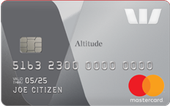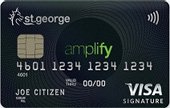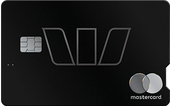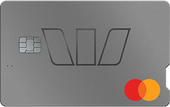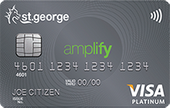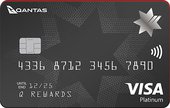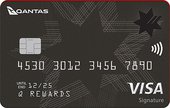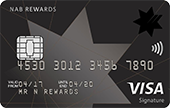A rewards credit card is a type of credit card which earns rewards points (also know as loyalty points) for each dollar spent on eligible purchases. Eligible purchases are transactions which are not purchases of cash (such as purchases of foreign currency banknotes), or cash equivalents (such as a balance transfer), or other non-qualifying transactions as defined by the card issuer (such as interest charges and other account fees).
Rewards points redemption options
Rewards points (also known as loyalty points) can be exchanged for benefits chosen by the cardholder from a range of redemption options, which may include:
- Merchandise from an online catalogue
- Retail gift cards
- Money off supermarket or other shopping at the checkout
- Movie tickets and other entertainment
- Exchanging the card’s brand of rewards points for airline frequent flyer points
- Cashback to the card account
- Payment of the card’s annual fee
- Travel and accommodation
- Charity donations
Frequent flyer credit cards
Frequent flyer credit cards are a type of rewards credit card. In this case the card is linked to an airline’s frequent flyer program (e.g. Qantas Frequent Flyer or Velocity Frequent Flyer). The rewards points earned take the form of frequent flyer points directly credit to the cardholder’s frequent flyer points account, rather than converting the card’s brand of reward’s points into frequent flyer points.
Australian credit card rewards programs
There’s a wide variety of credit card rewards points programs in Australia. Among the most popular are:
- American Express Membership Rewards
- ANZ Rewards
- Bankwest More Rewards
- Citi Rewards
- Coles flybuys
- CommBank Awards
- HSBC Rewards
- NAB Rewards
- Qantas Frequent Flyer
- St. George/BankSA/Bank of Melbourne Amplify Rewards
- Velocity Frequent Flyer
- Westpac Altitude Rewards
- Woolworths Rewards
Points earning rates
Points earning rates are expressed in terms of points earned per dollar spent on eligible purchases (e.g. 1.5 points per dollar). Earning rates vary from card to card, with more expensive cards (i.e. those with a higher annual fee) tending to have a higher points earning rate.
However, earning rates are not directly comparable across different rewards programs. For example a card may have a high earning rate, but the number of points required for an identical redemption may be higher than the required points in a different reward program where card earning rates per dollar are lower. The required number of points for a David Jones $50 gift card, for example, is not consistent across all Australian credit card reward programs.
Points caps and thresholds
Some cards have limits on the number of points that can be earned in a single month or year.
Where there is a points cap, after the points cap is reached the points earning rate drops to zero for the remainder of the period (e.g. 1.0 points per dollar, up to $5,000 spending or 5,000 points earned per month, 0 points per dollar thereafter).
Where there is a points threshold the earning rate falls, but does not disappear, once the threshold is reached (e.g. 1.0 points per dollar, up to $5,000 spending or 5,000 points earned per month, 0.5 points per dollar thereafter).
However, a few cards do have both a points threshold and an absolute cap on points.
Points expiry
Each rewards program has its own rules about points expiry, so it’s important to read the rewards program’s Terms & Conditions if you have a rewards credit card.
While some reward programs say that points do not expire as long as your credit card account is current (and they may give you a 90 days grace period in which to spend the points after your card account is closed), other programs require some earning or redemption activity in your points account to prevent points expiry (e.g. points expire if there has been no points earning or redemption in the previous 24 months). In some cases points automatically expire within three years if they are not used.
First purchase bonus points
Many rewards cards offer large quantities of bonus points as an incentive to new cardholders. There is usually a target spending amount to be reached within a nominated period in order to qualify for the bonus points (e.g. spend $3,000 in the first 90 days after card approval and earn 80,000 bonus points). These bonus points can be worth several hundred dollars, depending on the rewards program and the way they are redeemed.
Higher annual fees and interest rates
Rewards credit cards tend to have higher annual fees and interest rates than cards with no rewards points on offer. In some cases the high annual fee is charged to partly offset the cost of other complimentary benefits (such as free travel insurance or airport lounge access) often attached to rewards credit cards.
However, there are a few rewards credit cards with a low or no annual fee and/or a relatively low interest rate on balances carried from month to month.
